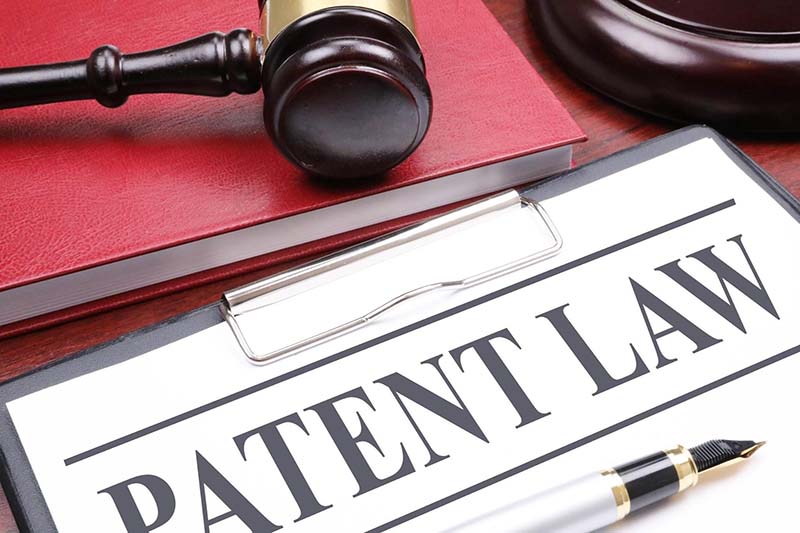The courts strongly favor the exhaustion doctrine as a defense against patent infringement. There is not even the tiniest hint that courts question the integrity or policies of the defense. Except for a minor retreat taken by the Federal Circuit (see discussion of the Keurig, Lifescan, Helferich, and Ford decisions below), courts do not worry in the slightest that recent expansions to the doctrine are problematic.
The Supreme Court recently endorsed the doctrine as being crucial to balancing, on one hand, the promotion of science and technology by rewarding patentee against, on the other hand, repugnant restraints on alienation (i.e., sales restrictions). See Impression Products, Inc. v. Lexmark Intl., Inc., 137 S. Ct. 1523 (2017). The balance ensures that the patentee is rewarded for its invention but not too much to unduly restrain trade. The Supreme Court in the Impression case added that the doctrine supports the further, important policy that the patentee is entitled to one patent-supported reward, not many. This is the basis for the concept that patentee can use patent rights to control a patented item through the time of first authorized sale, but not thereafter. The courts disfavor when patentee double-dips into the patent reward bucket even when, as occurred in the Impression case, the patentee’s first dip into the reward bucket was deeply discounted as that first dip did not even implicate its patent rights.
The Supreme Court in Impression also praised the exhaustion doctrine as having “an impeccable historic pedigree” and that it is “well-established.” There is a touch of situational irony here, as the impeccable pedigree and establishment of the defense comes not from an independent source but rather from the Supreme Court’s own case law. The court pats itself on the back here for a job well done going all the way back to its first exhaustion decision in Bloomer v. McQuewan, 14 Howard, 539 (1852)(“ And when the machine passes to the hands of the purchaser, it is no longer within the limits of the monopoly. It passes outside of it, and is no longer under the protection of the act of Congress.”).
The Supreme Court relied on the exhaustion principles of Bloomer in another early Supreme Court decision, namely Adams v. Burke, 84 U.S. 453 (1873). The dissent in Adams criticized the majority for reading and then relying on Bloomer as an exhaustion case, but apparently the dissent overlooked the quoted passage above. The passage clearly states a key exhaustion principle. Regardless of whether the Bloomer decision actually is the first instance of exhaustion principles appearing in a Supreme Court decision, the Supreme Court and litigants continue to view it as such through a long and populous line of Supreme Court cases adjudicating exhaustion matters.
Unless Congress were to abolish or limit the doctrine through legislation, which is unlikely given consistent Congressional inaction to legislate the doctrine, exhaustion will continue for a long time to be a mainstay defense against patent infringement.

